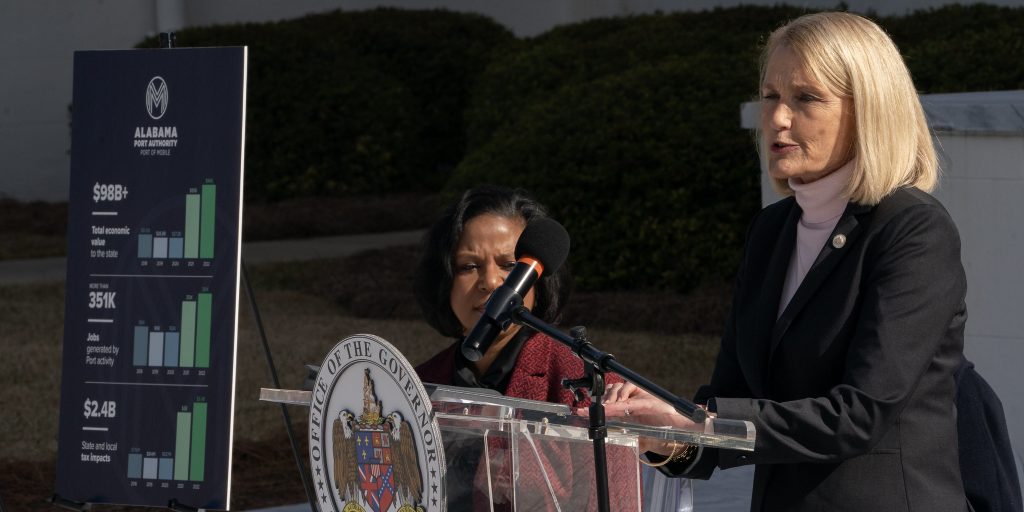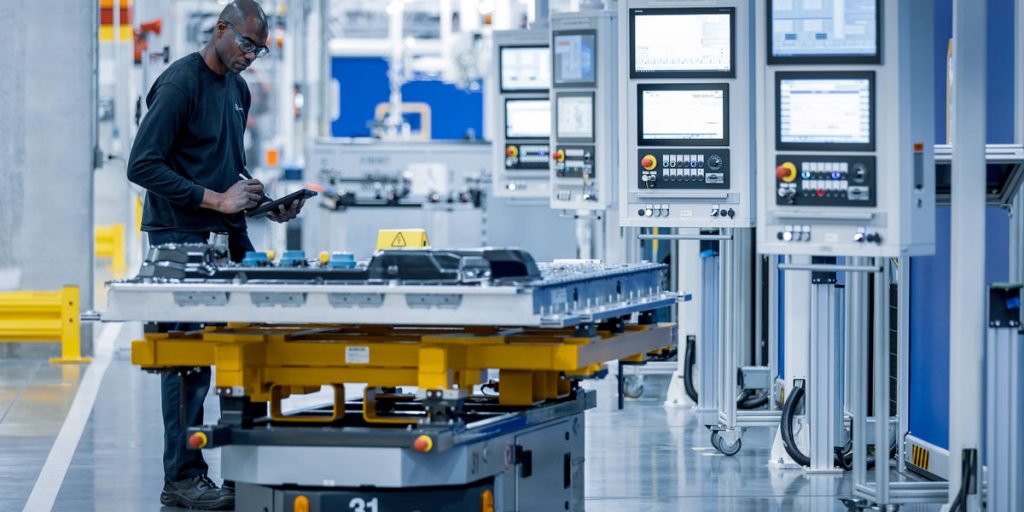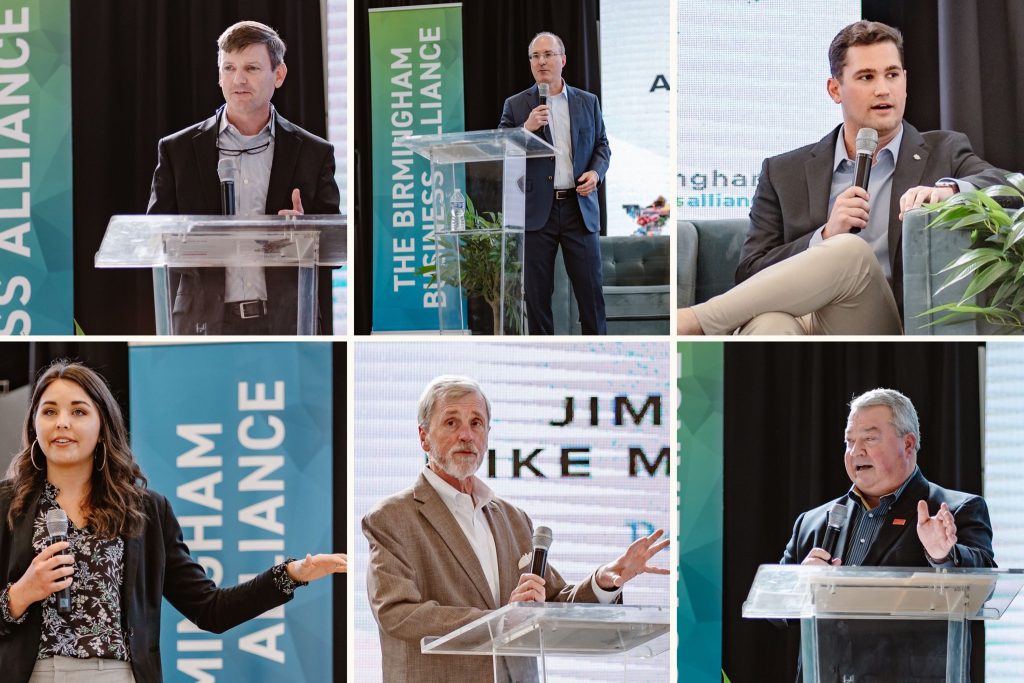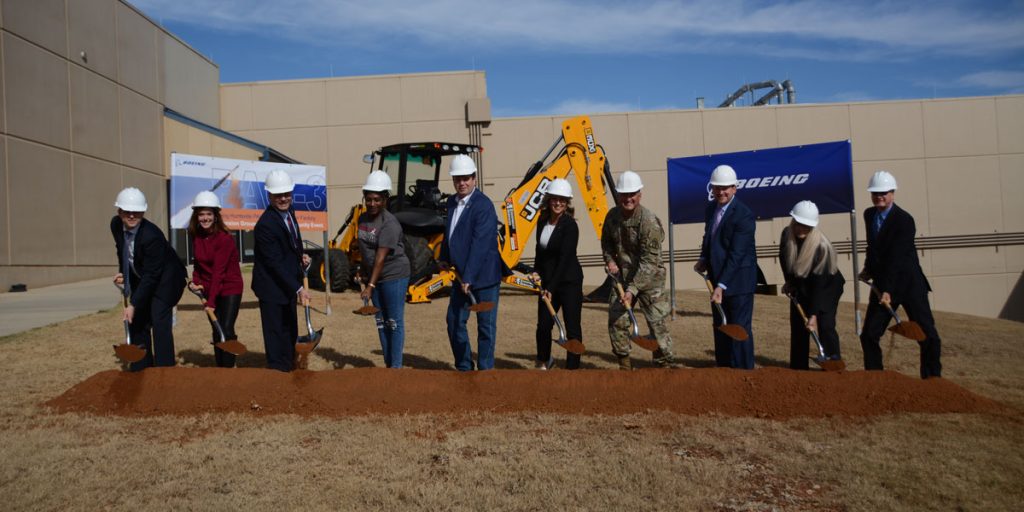ROANOKE, Alabama — Bryant Whaley, the top economic developer for Randolph County, is riding the momentum. Despite the disruptions of a global pandemic, this rural county in eastern Alabama has seen three major corporate growth projects since August 2020, creating over 330 jobs.
Whaley, executive director of the Randolph County Economic Development Authority, is optimistic that even more economic activity is on the way. Recently, plans were announced for a retail development there that will create 40 jobs.
He said Victory Game Clocks, a Roanoke-based maker of scoreboards, play clocks, practice timers and other sports timing devices, is considering an expansion with a new 20,000-square-foot building and 20 additional employees. He’s pumped about other developments, too.
“We just a had a company look at the large building in Wadley, and I am working on a large housing development project in Wedowee, around the lake,” Whaley said.
“In short, we are blessed in our rural county.”
Whaley’s optimism is shared in many other rural communities around the state as the pandemic begins to fade and new initiatives promise to energize rural economies, according to Brenda Tuck, Rural Development Manager for the Alabama Department of Commerce.
“Companies in many different industries are waking up to the fact that Alabama’s rural counties have a lot to offer in terms of advantages,” Tuck said. “At the top of that list are factors such as a low cost of doing business and motivated workforces that get the job done.
“We’re making strides in our rural communities, and I believe that the best is yet to come,” she added.
Tom Wisemiller, president and CEO of the Northwest Alabama Economic Development Alliance, is counting on that. The alliance’s three counties — Fayette, Marion and Lamar — recorded robust growth from expansion projects in the last year, with around 300 new jobs and $140 million in capital investment.
“In the last few months, we’ve also seen increased opportunities to compete on new project leads,” he said. “People are taking notice of the good things happening in our three rural Northwest Alabama counties.”
Unless the economy takes a turn for the worse, Wisemiller is bullish about the region’s growth prospects in 2022, including the potential to land a significant new project from an industrial recruitment standpoint.
“We have three of the better-positioned industrial parks on Interstate 22, and we are looking for creative and cost-effective ways to make our sites and communities even more competitive for landing projects and attracting capital investment,” he added.
“We are keeping a watchful eye on national and global events that may impact the economy going forward, but we are excited about our current trajectory.”
NEW INITIATIVES
On the state level, one development that’s poised to spur growth in Alabama’s rural areas is a significant expansion of the availability of high-speed internet service, considered a critical element for sustained economic growth today.
The Legislature recently approved a plan to use $277 million of the state’s share of the American Rescue Plan Act (ARPA) to expand broadband availability, with rural communities set to perhaps benefit the most. Future ARPA funds also may be used to extend the expansion.
Other positives: transportation infrastructure improvements, including rail projects, and the launch of the Alabama Innovation Corp., a public-private partnership that counts supporting rural development as one of its core goals.
“Opportunities abound for companies in Alabama’s rural areas, and we are committed to helping unlock the growth potential present in the communities, allowing them to harvest the fruit of new investment and jobs,” said Greg Canfield, Secretary of the Alabama Department of Commerce.
BUILDING RELATIONSHIPS
Neighboring Randolph County to the south, Chambers County’s economic development team is reporting that 2021’s results defied the pandemic to approach record totals.
The $218.6 million in new capital investment for Chambers County last year was the highest total since 2013, when the rural county attracted $222 million in investment. The 174 new jobs being created by 2021 projects far outnumber the prior year’s total of just 17, according to data from the Chambers County Development Authority (CCDA).
Last year, auto suppliers Daedong Hi-Lex America, KMIN and AJIN all announced growth plans that included new jobs in Chambers County. Knauf Insulation, Norbord America and John Soules Foods, which recently started production at a new meat packaging facility in Valley, each announced new investments.
CCDA Executive Director Valerie Gray said 2021 was “a year unlike any other I have experienced in my 23 years” at the economic development organization.
“While 2021 still saw the lingering effects caused by the COVID-19 pandemic, Chambers County experienced significant growth in business,” Gray said.
How did the CCDA make that happen? For one thing, Gray said her team makes it a priority to stay in constant communication with the business community and aware of the economic climate in the area. That lays the groundwork for what comes next.
“Building genuine relationships with people in the community is one of the most important steps to achieving success. Throughout the year, we do existing industry visits with our companies to stay in tune with their needs,” she said.
“This has become more important than ever due to the pandemic.”
Evidence of growing momentum is clear. Consider: Chambers County’s population reached 34,772 in 2020, a 1.6% increase from the 2010 Census and a gain that bucks the trend of declining headcount for most rural counties.
Valley, the county’s largest city, saw a population gain of more than 1,000 residents over the decade, climbing to 10,529. Valley has also seen a sharp increase in sales tax collections in recent years, according to CCDA data.
“The investment and number of jobs created in Chambers County this year is a testament to the reputation that we have built as a great place to do business,” Gray said.
“With my staff at the CCDA and other city/county leadership, we can and will continue to foster a great business climate for new and existing companies.”
TEAM EFFORT
Commerce Secretary Canfield said his business development team is collaborating with the Economic Development Association of Alabama (EDAA) and local economic developers to fully support project recruitment throughout the state’s rural areas.
“It is important to realize that rural Alabama is not monolithic. There are regional and geographic differences that create diverse opportunities and possibilities in rural communities,” said Jim Searcy, the EDAA’s executive director.
“Capital investment in data centers, software development, and agricultural products are indicative of these opportunities.”
Searcy said the collaborative effort focuses on assessing the strengths of rural communities and assisting local leaders in efforts to make certain they are prepared to be successful.
“The continued investment in broadband, healthcare, and transportation infrastructure will pay huge dividends, both now and in the future,” he added.
“The resources available to rural communities, post pandemic, will accelerate these areas’ ability to attract high-quality and high-paying jobs.”
(Courtesy of Made in Alabama)













